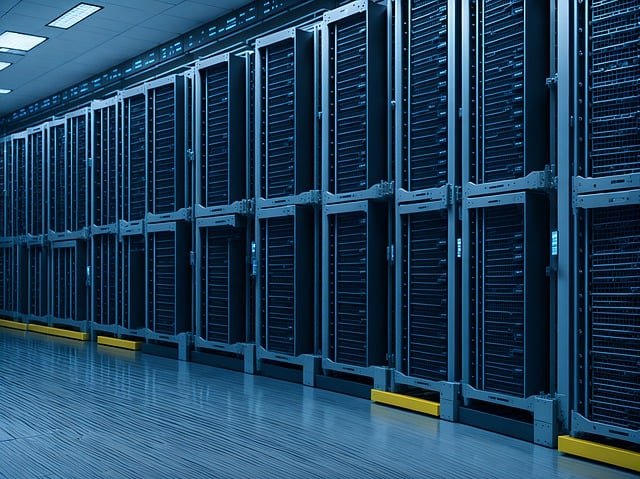Cloud operation and maintenance (O&M) is a method of system and application operation and maintenance management in a cloud computing environment. By utilizing the computing, storage, network, and other functions provided by cloud server providers, organizations can manage IT infrastructure and applications more flexibly and efficiently. Traditional operation and maintenance refers to the management of systems and applications in a traditional IT environment. An organization usually owns the physical hardware devices and is responsible for purchasing, configuring, maintaining, and managing these devices, as well as the software applications that run on them. There are some key differences between traditional and cloud operations, mainly related to infrastructure, architecture, resource management, flexibility, and management style. Here are some of the key differences between traditional and cloud operations:
Infrastructure Management:
Traditional operation and maintenance
Traditional O&M usually involves purchasing, configuring, and maintaining physical servers, network devices, and storage devices. Organizations will need to set up their own data centers or rent computer rooms to host these devices.
Cloud operation and maintenance
The cloud uses the infrastructure of the cloud service provider without owning physical hardware. Cloud users gain access to a cloud provider's vast pool of resources through virtualization technologies.

Flexibility and scalability:
Traditional operation and maintenance
Scaling and shrinking resources requires buying new hardware, deploying and configuring them, which often takes a long time.
Cloud operation and maintenance
The cloud offers resiliency and scalability, allowing users to quickly add or subtract compute, storage, and networking resources on demand without having to deal directly with hardware.
Resource Management:
Traditional operation and maintenance
Resource management is manual and requires human intervention to configure, monitor, and maintain servers.
Cloud operation and maintenance
Cloud services provide automated resource management, including automatic scaling, load balancing, and monitoring, reducing the burden on operations personnel.
Payment mode:
Traditional operation and maintenance
It is usually a one-time purchase of hardware and software, with the cost of maintenance and upgrades.
Cloud operation and maintenance
Using the on-demand payment model, users only need to pay for the resources they actually use, avoiding large one-time investments.
Architecture and service model:
Traditional operation and maintenance
A single architecture is often used, with applications and services typically running on dedicated servers.
Cloud operation and maintenance
Cloud service providers typically support multiple architectures and service models, including IaaS (Infrastructure as a service), PaaS (Platform as a service), and SaaS (Software as a service).
Disaster Recovery and Backup:
Traditional operation and maintenance
Organizations need to build and manage disaster recovery and backup solutions themselves.
Cloud operation and maintenance
Cloud providers often offer robust disaster recovery and backup services that simplify the secure management of data.
Updates and upgrades:
Traditional operation and maintenance
Updates and upgrades often require service outages and can take a lot of time.
Cloud operation and maintenance
Cloud service providers are responsible for the underlying updates and upgrades, often without direct user operations, to maintain service continuity.
Taken together, cloud operations offer greater flexibility, scalability, and automated resource management. At the same time, cloud operation and maintenance can also reduce the burden of organization management infrastructure, traditional operation and maintenance pays more attention to the management of the organization's own control hardware and network infrastructure. Organizations can choose their own operational model based on business needs and strengths.

 EN
EN
 CN
CN








